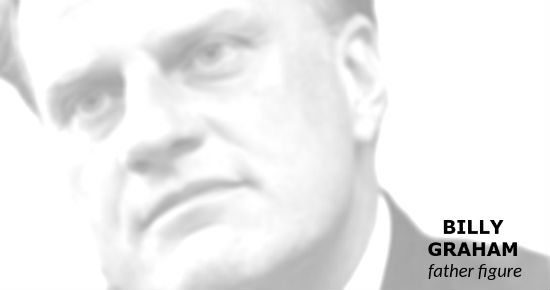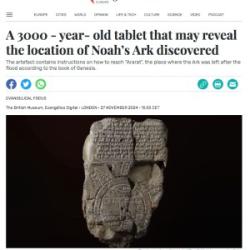The death of iconic evangelist Billy Graham last week produced a host of insightful writing about the man, his ministry, and the branch of American Christianity he helped to define and elevate to its current position of cultural and political influence.
There’s a weird paradox to most of these pieces. They all insist that Graham was singularly influential as the one person who most shaped and defined white evangelicalism in America. That’s true, and it’s something that has been said for years, not just a gushing, enthusiastic bit of praise arising due to some emotional response to his death. Religious historian George Marsden — probably the most respected scholar of white evangelicalism not named Mark Noll — has long joked that the most useful shorthand definition of “evangelicals” was “people who admire Billy Graham.”
Graham’s unique role in shaping American evangelicalism is right there in the word itself. He’s the guy who — starting back in the 1940s — successfully sought to carve off a stream of Christianity from white fundamentalism, to help it to regain a measure of social and cultural relevance and respectability. Graham dubbed this “Neo-evangelicalism” — an audacious bit of rebranding that sought to leapfrog over the movement’s actual roots in the early 20th-century Fundamentalist/Modernist controversy and to claim an older heritage in the revivals and “Awakenings” of an earlier American Christianity. That rebranding was so successful that the “Neo-” prefix was soon dropped completely, leaving Graham and the Neo-evangelical institutions he helped to create as simply, unqualified “evangelical” — the heirs of Jonathan Edwards and Charles Finney.

But — and here’s where the paradox comes in — at the same time as all of these pieces rightly assert that Billy Graham personally defined and embodied the meaning and substance of evangelicalism, they also all take pains to explain that white evangelicalism in 21st-century America has very little in common with Billy Graham. This seems contradictory. If the man was really influential — at all, let alone as massively and uniquely influential as they say — then it seems impossible to also say that he bears no influence on the current shape of the movement he created and defined. If contemporary white evangelicalism is such a dramatic departure from everything Graham taught and represented, then we cannot say he influenced it much at all.
And yet I think these many reflections on Billy Graham are right on both sides of that paradox. Maybe the best way to understand that is to think of Graham not as a great thinker or teacher (which he really wasn’t), but as a father figure. Billy Graham is the Daddy of white evangelicalism. Like every father, he influenced his children — let’s just say his sons, since white evangelicalism remains overwhelmingly male-dominated — in the ways that all fathers influence their children. Those sons seek to emulate their fathers — sometimes succeeding, and sometimes failing to do so. And those sons also seek to distinguish themselves from their fathers — sometimes succeeding, and sometimes failing to do so.
The clearest example of that is Graham’s literal son, Franklin, who seems like a distillation of everything toxic and ugly in the neo-Neo-evangelicalism of the 21st century. Franklin’s Daddy was Billy Graham. That’s who Franklin is trying to live up to, and to rebel against, to emulate and to overcome. It explains a lot, really.
But I think the same thing is true for Graham’s spiritual descendants throughout contemporary white evangelicalism. Look at any white evangelical entrepreneurial parachurch organization or mega-church or quasi-denominational structure, look at the myriad ways they’re just like Billy Graham and that they’re totally unlike him, and you can see a similar set of Daddy issues.
This father-figure dynamic also accounts for the way that many of the various tributes and memorials written about Billy Graham attempt to enlist his legacy in support of disparate claims about what evangelical Christianity ought to be. The heirs are squabbling over the estate. Conservatives cite from a wealth of Graham’s more conservative stances in support of the conservative side of these family disputes. More “progressive” strains of white evangelicalism cite select “progressive” aspects of Graham’s life and ministry — he once paid bail for MLK! — to legitimize the possibility of a more progressive evangelical identity. And timid establishment centrists, of course, invoke the many, many ways that Graham’s legacy endorses their preferred approach.
This disputatious bundle of appeals to What Daddy Would Have Wanted demonstrates Billy Graham’s enduring influence as the father figure of white evangelicalism. Unfortunately, it also makes a candid assessment of Graham’s actual ministry more difficult. If we’re busy mining Graham’s long life for useful ammunition in a dispute over his legacy, we’re bound to treat him more as an authority to be invoked than as a fallible person to be understood.
That’s why I think some of the best, most clear-eyed assessments of Billy Graham being written now are those coming from outside of his white evangelical family.












